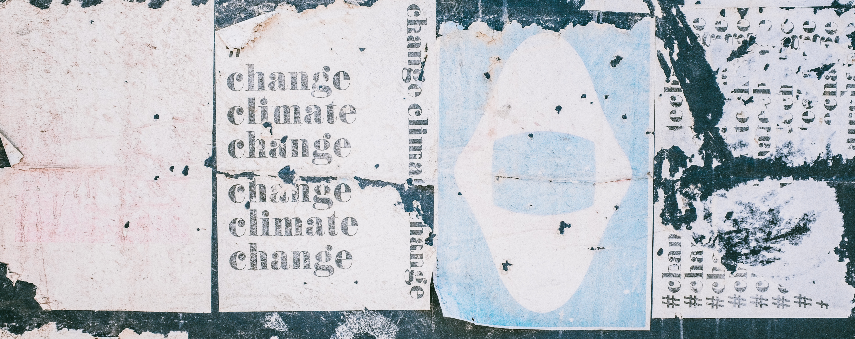How can IoT fight climate change?

Looking beyond consumer and industry demand for connected devices, IoT could play a vital part in conservation and the prevention of climate change
The Internet of Things is booming. After years of hype and anticipation, the number of connected devices looks set to hit 43 billion by 2023, increasing threefold from last year’s figure.
This uptick is driven by the technological advancements of recent years and, as the cost per device falls year after year, the technology is becoming more cost-effective, leading to widespread adoption of endpoints and services.
The proliferation of devices has given IoT the fuel to develop. Investments in IoT technology are predicted to grow by 13.6% per year. Upgraded sensors, increased computing power and stronger, reliable mobile connectivity are all converging to reinforce and advance the dominance of the Internet of Things.

IoT’s advancement is aiding the fight
IoT is multi-faceted and wide-ranging. It doesn’t just encapsulate a single idea or device, but it connects many platforms, devices, use cases and users, creating a global network in the process.
As particular areas of IoT advanced quicker than others, organisations can leverage them to facilitate the creation of climate saving solutions. Sensor technology is one such area becoming much more advanced and cost-effective.

Many enterprises are looking to the Internet of Things to shore up their research, replacing legacy monitoring devices with more sophisticated technologies capable of gathering large amounts of accurate data, which is then used to inform governments and NGOs of potential strategies to aid in the fight against climate change.
Rainforest Connection is one such company. The non-profit organisation based out of San Francisco recycles smartphones, turning them into connected endpoint devices which monitor the sounds of forests in real-time. Their solution captures the ambient noise of hectare upon hectare of forests in Bolivia, Brazil, Cameroon, Ecuador and Peru, and is able to detect the sounds of chainsaws from up to a mile away using simple algorithms.

Using technology and big data, they enable on-the-ground partners, such as tribespeople, charities and NGOs, to save threatened habitats by immediately reacting to illegal deforestation and poaching, like that of the threatened jaguars in Bolivia and gibbons in Sumatra.
Each device is affixed to a tree and connected to a small solar panel and a sensitive external microphone. They each cover approximately 2.5km² of the forest. The audio is relayed to a cloud server, which then looks for distinct sounds in the waveform, such as gunshots, boat engines and chainsaws. If these sounds are recognised, a message is sent to local authorities pinpointing the location.
“Saving rainforests isn’t only the key to halting climate change, It’s also vital to supporting many of the world’s poorest communities who rely on rainforests for food, shelter and livelihood.”
Rainforest Connection
Recently, they launched an application which allows users to monitor the rainforests for themselves.
Available for most smartphones, RFCx users are able to freely access live-streamed audio. Rainforest Connection hopes that by broadcasting their streams for anyone to listen in on they are able to raise awareness of the reality of illegal deforestation and its contribution to climate change.
IoT will prove pivotal in the fight against illegal deforestation, and the effect that has on climate change. It is a powerful thing, the connected device, and it looks to be booming at just the right time, as the technology becomes more cost-effective and 5G is becoming ever-present.
More and more organisations are now stepping in by utilising the Internet of Things to make a real difference before climate change reaches its tipping point.